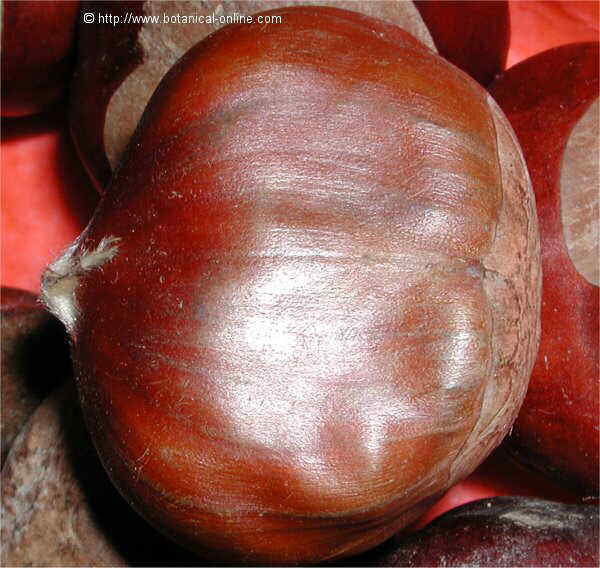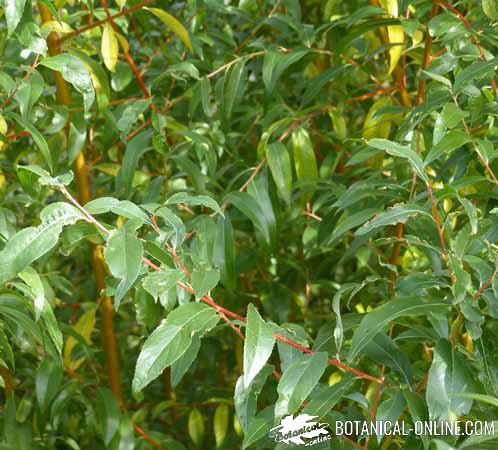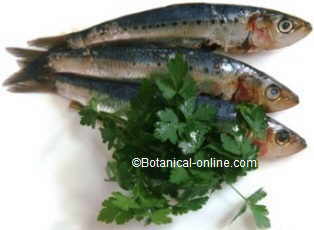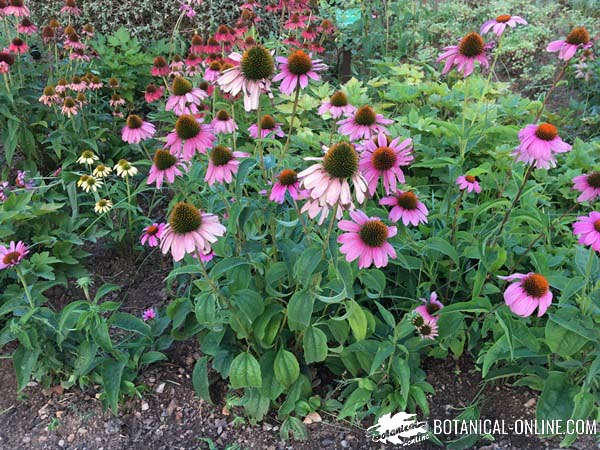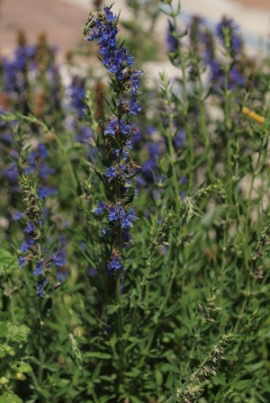Contents
Health benefits of passion flower (Passiflora caerulea L.)
MEDICINAL USES OF PASSIFLORA
Curative effects of passiflora
Passion flower constitutes one of the best remedies against all type of nervous manifestations, especially for anxiety. Contrary to other treatments, this plant doesn’t present contraindications.
Most of the tranquilizers, especially those of chemical nature, have an immediate effect but they produce non desirable effects as the habituation.
*More information about Passion flower supplement in the listing below.
Edible uses of passiflora
Passion flower fruits are eatable (provided that they should be eaten raw to avoid being toxic)
They are commonly known as passion fruits, maracuyas or granadillas. (More information about Passion flower fruit in the listing below)
* Related information: Passion flower toxicity, passion flower contraindications, passion flower side effects
![]() More information on passion flower and passion fruit
More information on passion flower and passion fruit

